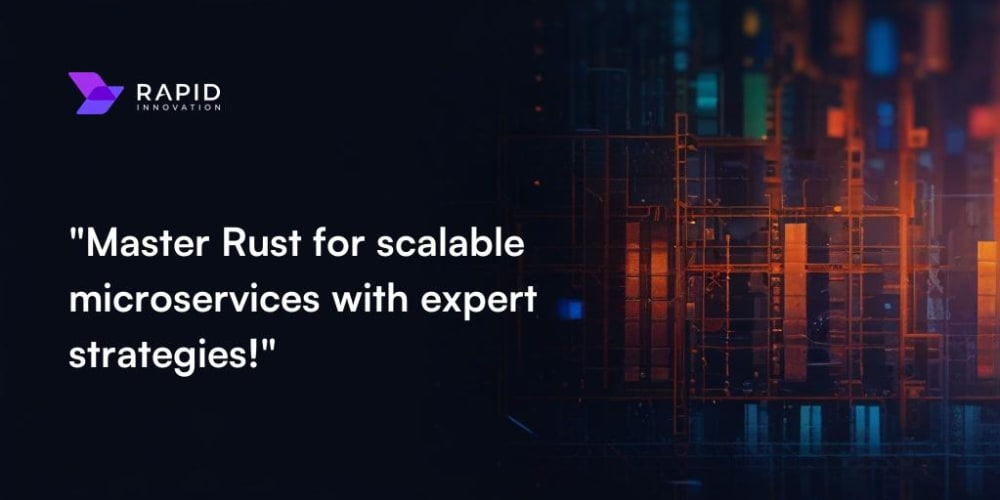Factory Network x {Tech:Berlin} AI Hackathon: Building the Future of Manufacturing
Introduction:
The convergence of artificial intelligence (AI) and manufacturing is revolutionizing the way we design, produce, and deliver goods. This transformation, fueled by the increasing availability of data and powerful algorithms, is opening up new possibilities for efficiency, optimization, and innovation. The Factory Network x {Tech:Berlin} AI Hackathon, held in the heart of Germany's tech hub, brought together developers, data scientists, and industry professionals to explore and accelerate this convergence.
The Importance of AI in Manufacturing:
The integration of AI into manufacturing processes promises to address several key challenges:
- Increased Efficiency and Productivity: AI-powered systems can analyze vast amounts of data from sensors, machines, and production lines, identifying bottlenecks, predicting failures, and optimizing production schedules. This results in reduced downtime, improved resource utilization, and higher overall productivity.
- Enhanced Quality Control: AI can analyze images and data from production processes, detecting anomalies and defects that might be missed by human inspection. This leads to improved product quality, reduced scrap rates, and enhanced customer satisfaction.
- Personalized and Customized Products: AI enables the creation of personalized products and customized solutions, meeting the specific needs of individual customers. This opens up new avenues for product differentiation and market expansion.
- Improved Safety and Ergonomics: AI can monitor work environments and worker movements, identifying potential hazards and optimizing tasks for improved safety and worker well-being.
- Sustainable Manufacturing: AI can help optimize resource consumption, reduce energy usage, and minimize waste generation, contributing to a more sustainable and environmentally friendly manufacturing process.
The Factory Network x {Tech:Berlin} AI Hackathon:
This hackathon brought together teams of participants to tackle real-world challenges in the manufacturing industry using AI. Participants were presented with problems spanning various areas, including:
- Predictive Maintenance: Developing AI models to predict equipment failures based on sensor data, minimizing downtime and maintenance costs.
- Quality Control and Inspection: Creating AI-powered systems to automate quality inspections, identifying defects and ensuring consistent product quality.
- Production Optimization: Using AI to optimize production schedules, resource allocation, and inventory management, maximizing efficiency and reducing waste.
- Robotics and Automation: Integrating AI into robotic systems to improve their performance, flexibility, and adaptability in manufacturing environments.
- Supply Chain Optimization: Utilizing AI to optimize logistics and supply chains, ensuring timely delivery of materials and products.
Key Concepts and Techniques:
The hackathon provided a platform for participants to explore a wide range of AI concepts and techniques, including:
- Machine Learning (ML): This field of AI focuses on developing algorithms that enable computers to learn from data without explicit programming. Participants used ML techniques like supervised learning for predicting equipment failures, unsupervised learning for identifying patterns in production data, and reinforcement learning for optimizing robot control.
- Deep Learning (DL): A subset of ML that utilizes artificial neural networks with multiple layers to process complex data patterns. Deep learning was applied in tasks like image analysis for quality inspection and natural language processing for analyzing customer feedback.
- Computer Vision: This field of AI focuses on enabling computers to "see" and interpret images and videos. Participants used computer vision techniques to develop systems for automated visual inspection, recognizing defects and anomalies in production lines.
- Natural Language Processing (NLP): This branch of AI deals with the interaction between computers and human language. Participants explored NLP techniques for analyzing customer reviews and feedback, identifying areas for improvement and tailoring products to individual preferences.
- Data Analytics and Visualization: Participants used data analytics techniques to explore large datasets, identify trends, and visualize insights for decision-making. This included tools like data mining, statistical analysis, and data visualization to gain valuable insights from production data.
Step-by-Step Guides and Examples:
Predictive Maintenance:
- Data Collection: Gather data from sensors attached to machinery, including temperature, vibration, pressure, and power consumption.
- Data Preprocessing: Clean and prepare the data by removing noise, handling missing values, and scaling features.
- Feature Engineering: Extract relevant features from the raw data that can indicate potential failures, such as time-series patterns and statistical anomalies.
- Model Training: Train a machine learning model, such as a recurrent neural network or a support vector machine, using historical data to predict equipment failures.
- Model Evaluation and Deployment: Evaluate the model's performance using metrics like accuracy, precision, and recall. Deploy the trained model to monitor equipment in real-time and generate alerts when failures are predicted.
Image-Based Quality Inspection:
- Image Acquisition: Capture high-resolution images of products using industrial cameras or other imaging devices.
- Image Preprocessing: Apply techniques like image resizing, noise reduction, and edge detection to enhance the images for analysis.
- Object Detection and Recognition: Utilize a deep learning model, such as a convolutional neural network, to identify objects in the images and classify them as defective or non-defective.
- Defect Localization: Once defects are detected, use image segmentation techniques to pinpoint their exact locations and identify their nature.
- Alert and Reporting: Generate alerts when defects are detected and provide detailed reports with images and information about the identified issues.
Conclusion:
The Factory Network x {Tech:Berlin} AI Hackathon showcased the transformative potential of AI in the manufacturing industry. Participants were challenged to develop innovative solutions to real-world problems, pushing the boundaries of AI applications in this rapidly evolving sector.
The hackathon highlighted the importance of collaboration between industry experts and technology specialists in driving AI adoption. It emphasized the need for open-source platforms, data sharing initiatives, and educational programs to foster innovation and accelerate the integration of AI in manufacturing processes.
By embracing AI, the manufacturing industry can unlock new levels of efficiency, productivity, and innovation, shaping a future where production processes are smarter, more sustainable, and better aligned with the evolving needs of consumers.


















